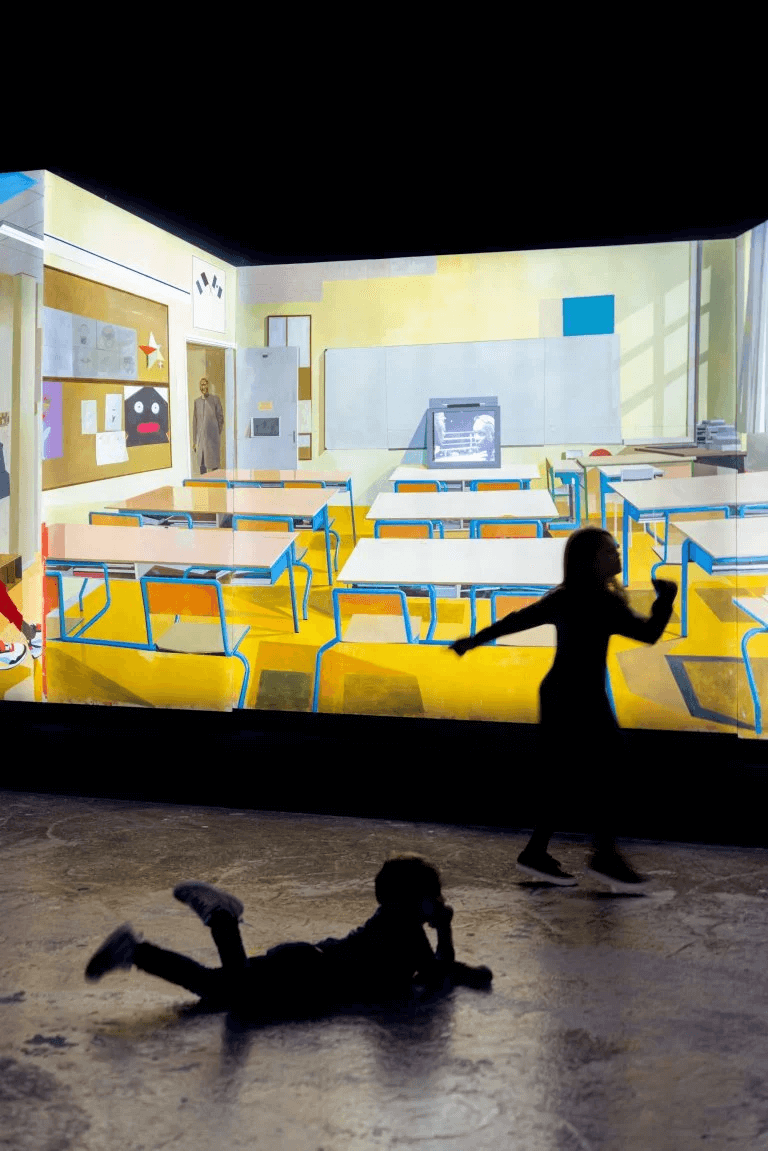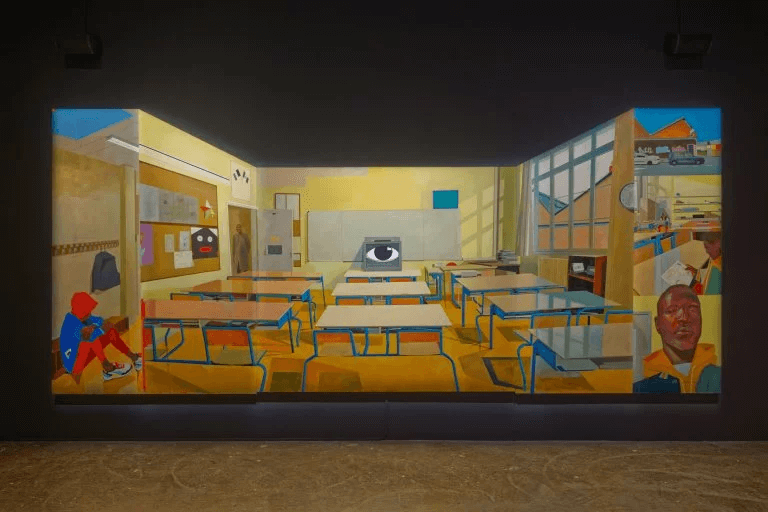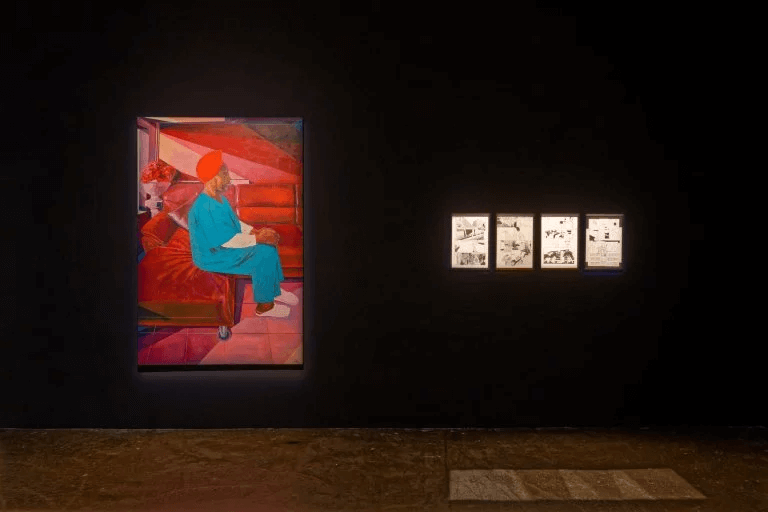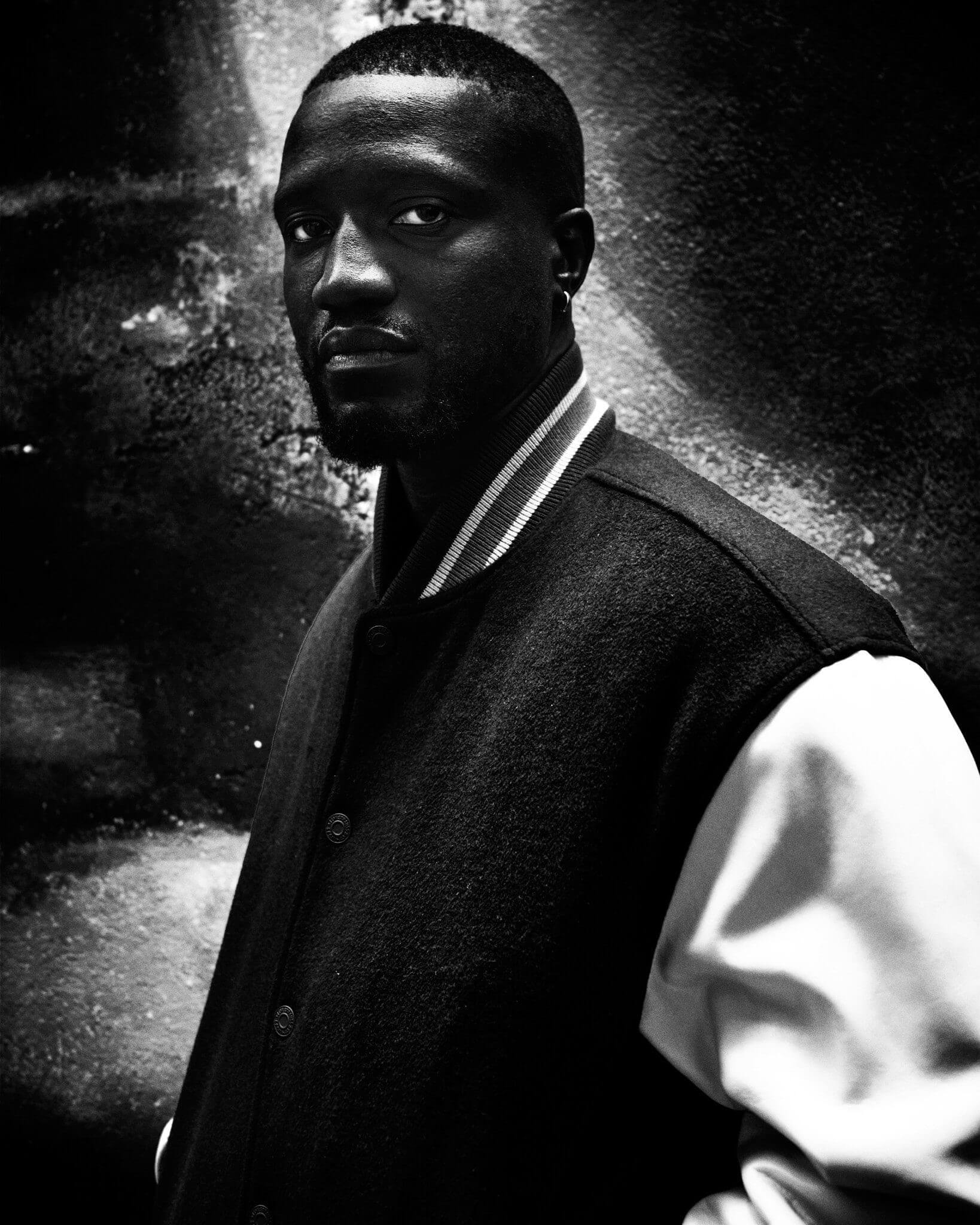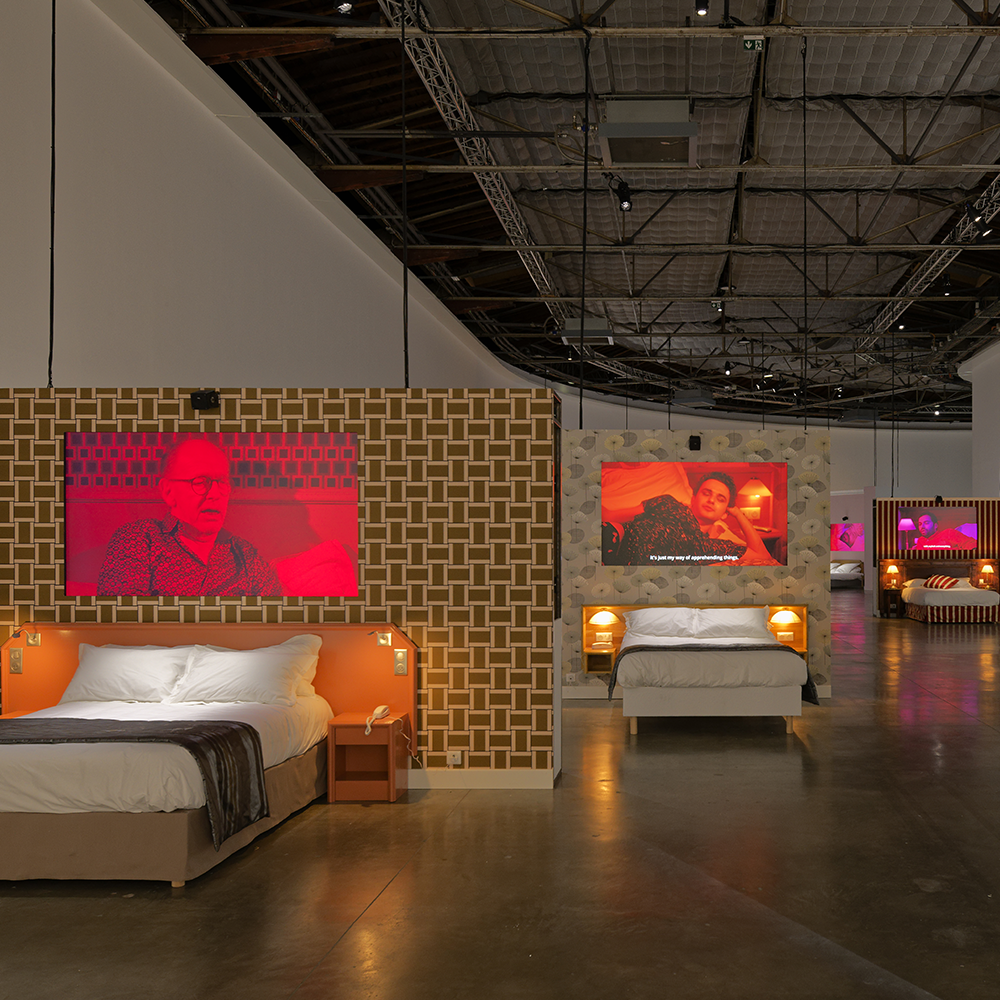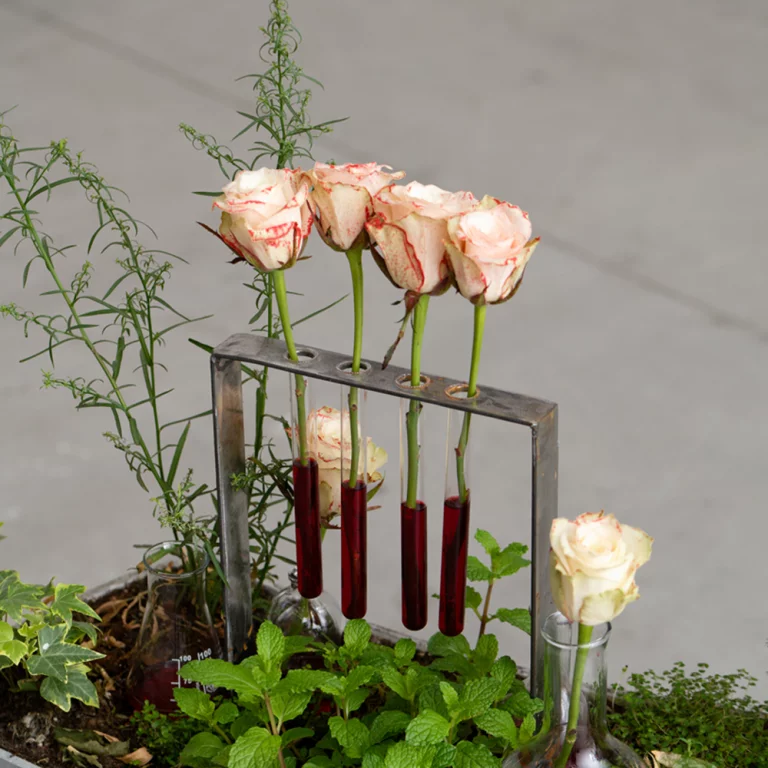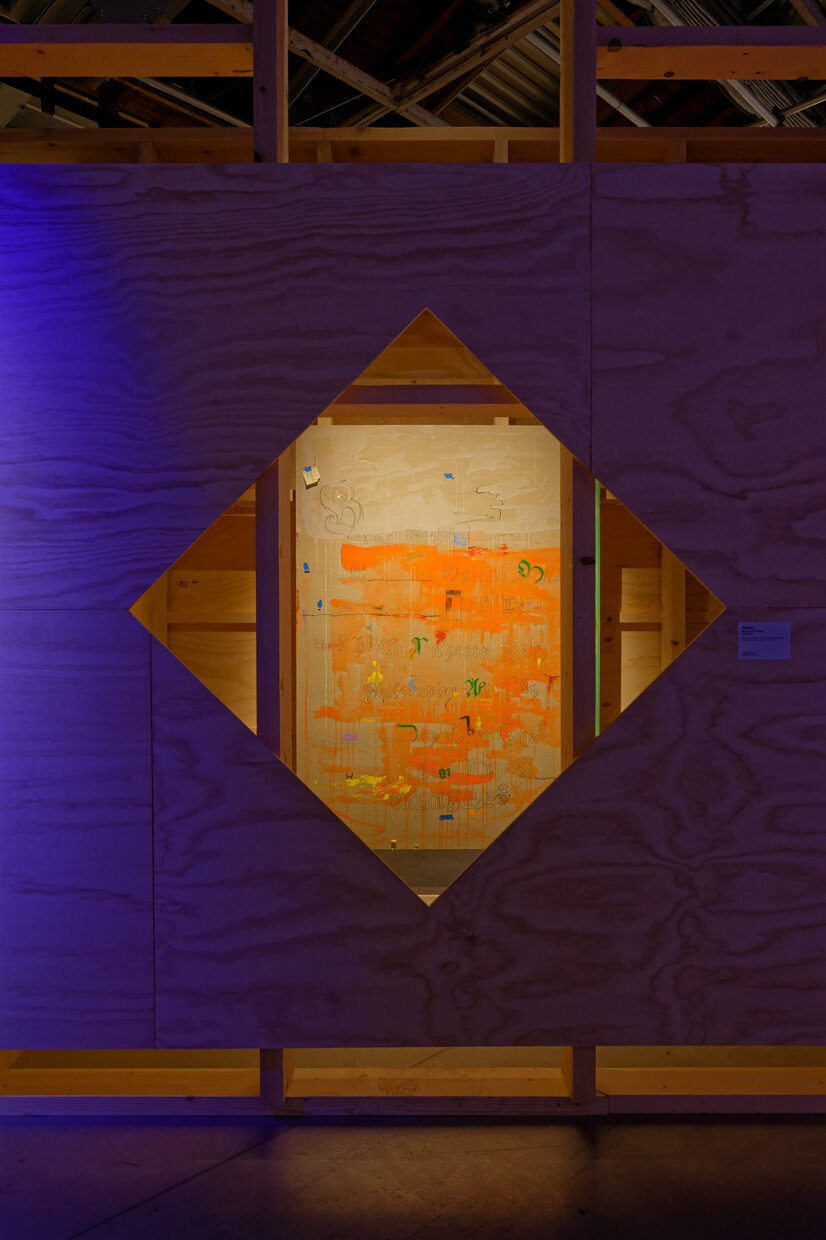SEARCH THE ENTIRE SITE
CEINTURE NWAR
Rakajooceinture: belt
nwar: deeply dark, dirty; contraction of noir (black in French), war, and zwaar (heavy in Dutch)
The meaning of his Wolof moniker tips us off: Rakajoo’s painting is stubborn. Like an ungrammatical hyphen popping up where we least expect it, his painting brings together and fuses disparate dynamics, drawing on his personal experience to trace a collective story. The hyphen that we could use to characterize Rakajoo’s painting disappears when we think in terms of the Afropean, a contraction of African and European. Extending the stories of authors Johnny Pitts and Leonora Miano, his work finds its roots in an Afropean soul that is characterized by duality and pluralism: a story about being both African and European all at once and without discontinuity.
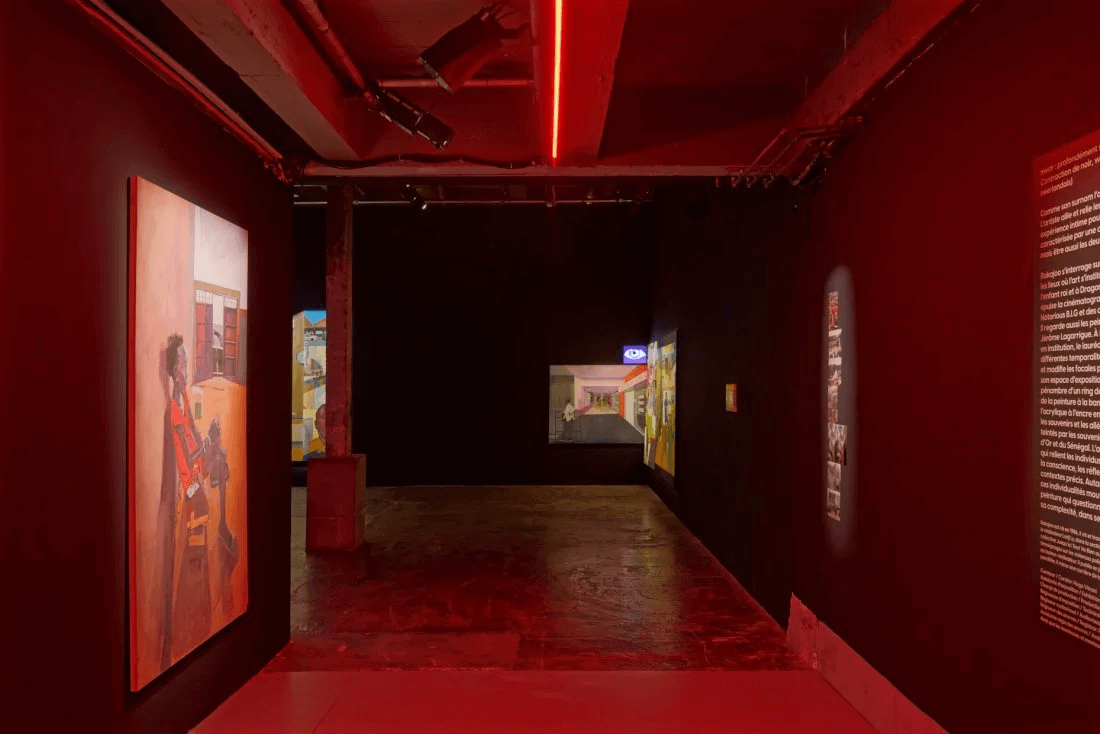
Through his practice of expanded painting, Rakajoo feeds off borders and finds darkness in light, in a synthesis which at first seems impossible. The artist brings together different languages, from painting to comics and animation, from acrylic to ink and to oil paint and pixels. He blends subjects, memories and allegories as if he were superimposing washes, in compositions always infused with memories of Seine Saint-Denis, Paris’ Goutte d’Or neighbourhood and Senegal. Rakajoo depicts the visible and invisible links that bind individuals to their territories and immediate environments; he shows how imagination, consciousness and reflexes are honed, shaped and fractured in specific spaces. The sites he evokes evolve in response to shifting individualities, as well as to the processes of gentrification. His is a painting that questions the porous contours of national identity, in all its complexity, from its ability to ground and centre to its multiple contradictions.
At the Palais de Tokyo, for his first institutional exhibition Rakajoo explores different affective temporalities and geographies. He stretches their limits and shifts their focuses to open new perspectives. In an exhibition space based on the movements of the body in a boxing ring, we make our way along walls, attentive to what is going on in front of us, behind us, or beneath us, in the light and in the shadows. On several occasions, we encounter Seine-Saint-Denis, the time of childhood and illusions, a space of creolization and solidarity. The Galerie Rosalie, a place of youthful exploits. Then it’s the turn of the rue Myrha in the Goutte d’Or, where the artist moved aged nine. Adolescence coincides with a sense of enclosure. In Paris, within Paris, here but elsewhere. Education is both formal and informal, between school and the street. Imagination emerges under tension, in a building home to drug addiction and prostitution. The 24m2 family apartment is like ‘a prison for the mind’. The only air comes from outside. The Marché Dejean, the Square Leon, the places where everybody’s paths cross. Nearby, the artist discovers the sketch artists of Montmartre and the possibility of living from one’s drawings. The second wind comes from within: the discovery of art history thanks to free museum entry for under-16s. The territory of the imagination expands, from the Louvre to the Musée d’Orsay, and thanks to the discovery of Toulouse Lautrec and Picasso, as well as Lucian Freud’s stark depictions of reality. ‘A painting that looks the real and the violent square in the face. I like the idea of a kind of painting that can look things in the face.’

Without bitterness but with the desire to fight back, Rakajoo reflects as to the absence of representation of his history in these institutions where works of art becomes so many museum pieces. He had to look elsewhere: brought up on Club Dorothé, Pitou l’enfant roi and Dragon Ball Z, the artist then delved into Japanese anime, burned through the filmography of black icon Wesley Snipes, and devoured the discography of Notorious B.I.G and the golden years of Hip Hop from 1990 to 2000. He also discovered the painters Kerry James Marshall, Jacob Lawrence and Jérôme Lagarrigue. These sources of inspiration enabled the artist to develop a style of painting that says “no”. First to the teacher who wanted to confine his passion to a professional diploma in electronic design. No to the art schools that said no to him. At the same time, Rakajoo was building his reputation under his birth name, Baye Dam Cissé, winning several international MMA (mixed martial art) and boxing competitions. Painting and boxing interact as outlets that are at once physical, intellectual and spiritual. It is no coincidence then that the artist’s first studio was the boxing gym in Aubervilliers, where Baye Dame Cissé learned to throw punches as well as dodge them. It’s also there that he gained in confidence in his talents as a painter, when his trainer Saïd Bennajem gave him his first paid commission, a 300 m2 mural completed in 2008.

A passionate fan of the thriller genre, Rakajoo paints clues, shadowy zones, plots and lies in order to better fragment life. This is how he deals his blows: through his jagged, tangled compositions and slightly twisted perspectives, his painting keeps our senses sharp.
Since 2008, as part of its support to young creation, the Amis du Palais de Tokyo has awarded its prize to an emerging artist from the French scene. The 2021-2022 edition of the Prix des Amis closed with the election evening on Wednesday 7 September 2022 electing Rakajoo. The winning artist had as rapporteur Said Bennajem and had been proposed by Isabelle Kowal.
